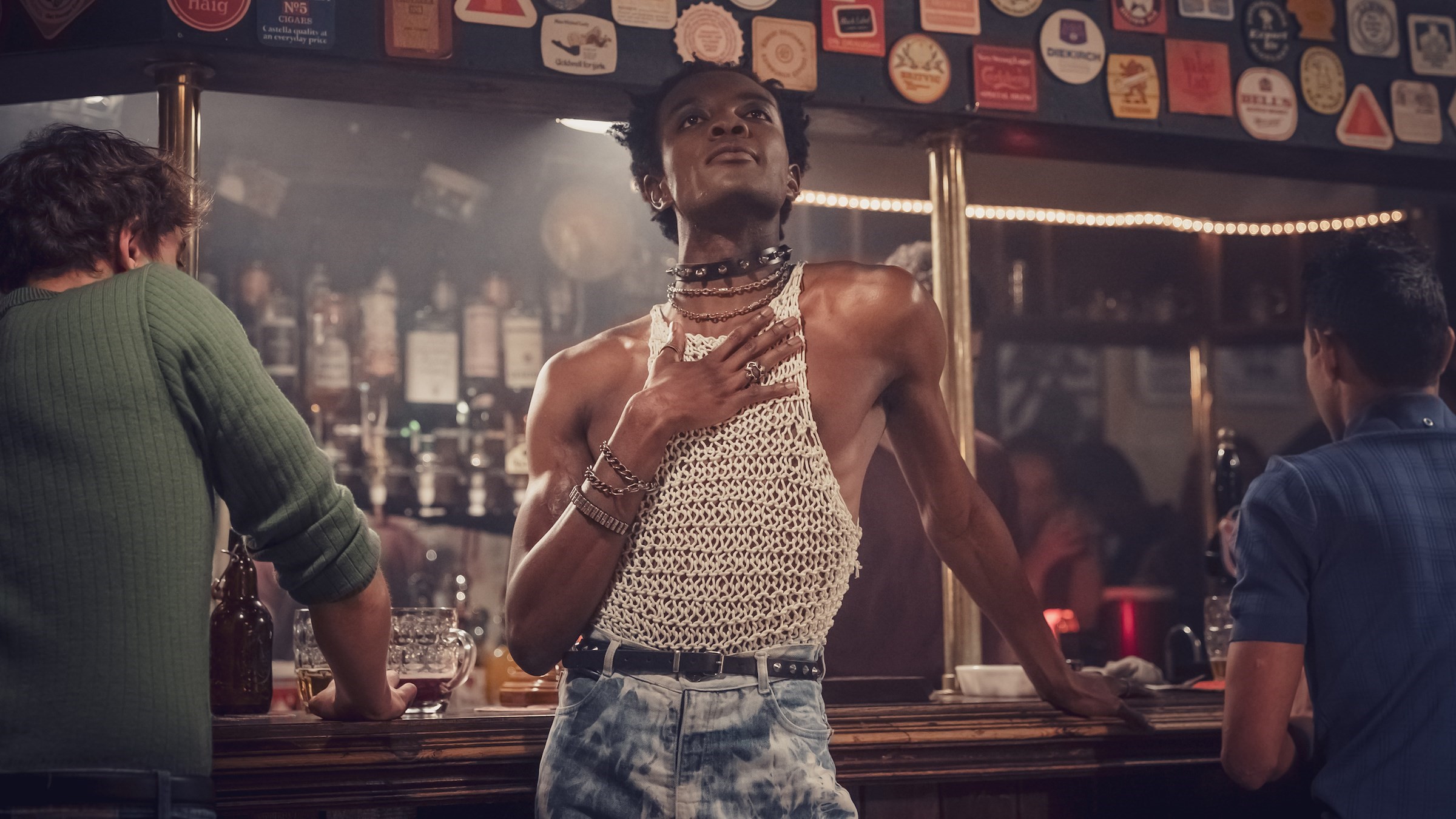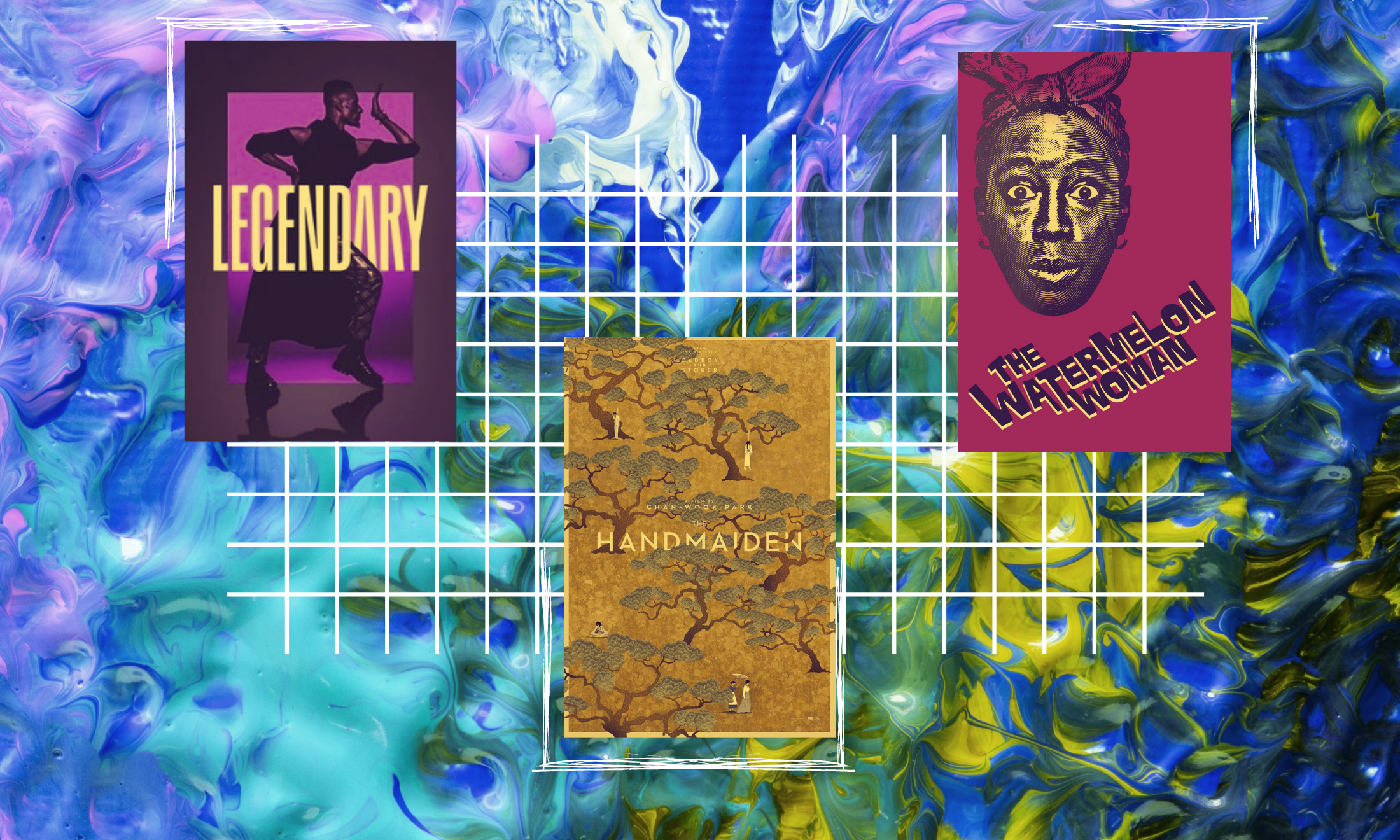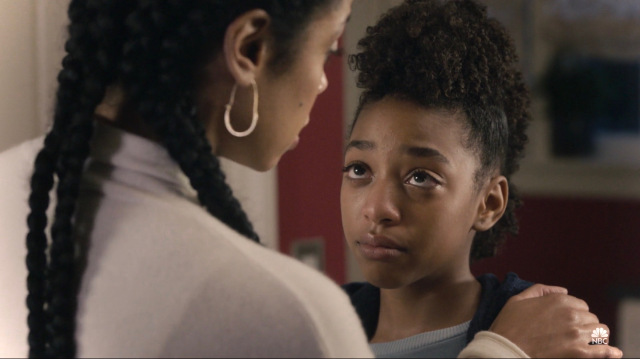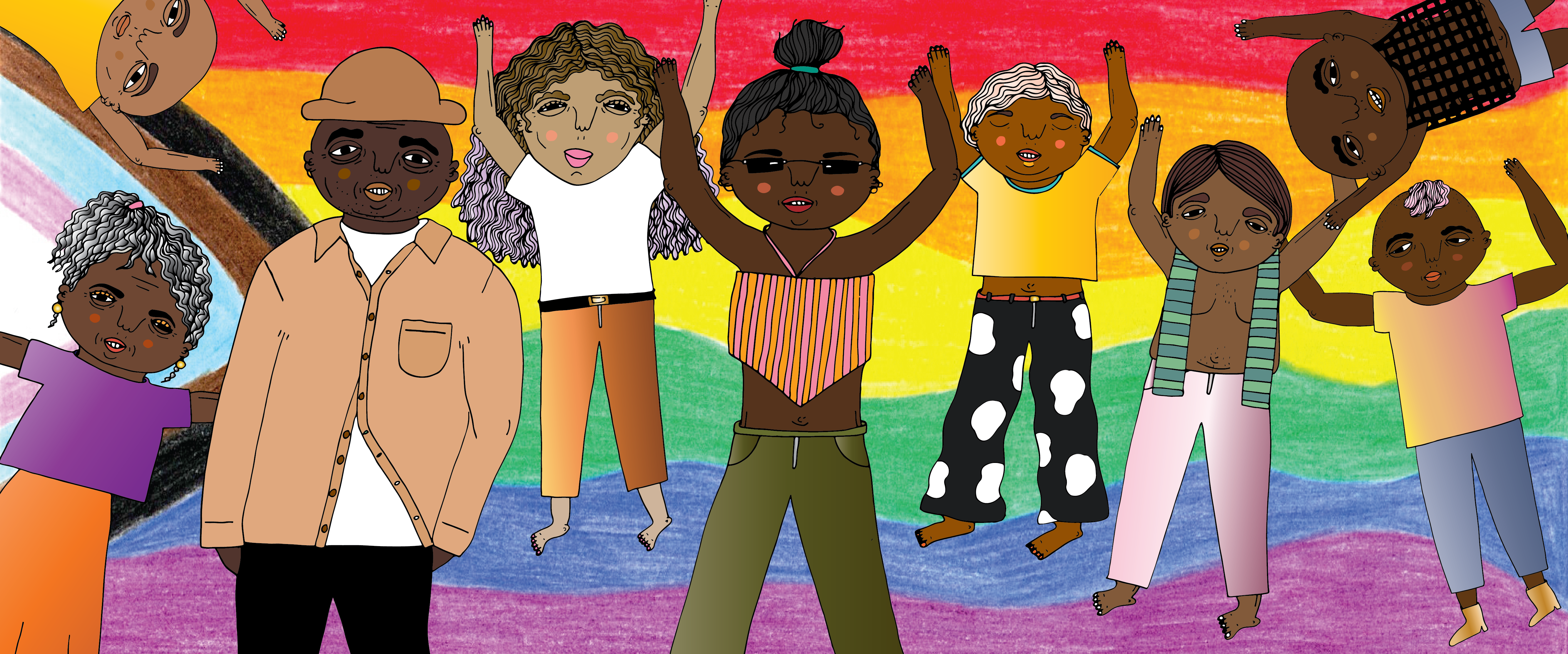
Courtesy of Channel 4
Uncovering the black experience during the AIDS crisis after It’s a Sin
Speaking to elders about their memories from the 1980s from organisers to those who contracted HIV.
Mishti Ali
26 Jan 2021
Roscoe, of new Channel 4 series, It’s a Sin, is gloriously defiant. Clad in a headdress, crop top and skirt, all made from traditional Nigerian fabrics, and speaking in an openly camp voice, he declares that his address is now “23 Piss Off Avenue, London W F*ck”. He struts away from his conservative Christian parents’ house, narrowly escaping an uncle who intends to take him ‘back home’ to remedy his homosexuality.
Another part of the main ensemble is Ash. His South Asian heritage is introduced to us amid a series of clumsy microaggressions after a tryst with Richie. As well as being one of the funniest moments in the episode, his character provides a much-needed glimpse of what it was like to be POC and gay in one of the biggest health crises in recent history.
Forty years on from the start of the AIDs crisis, Channel 4’s It’s a Sin follows the stories of a group of friends / chosen family living in a shared house dubbed the ‘Pink Palace’ in the 1980s. Ritchie (played by Olly Alexander) is a law-turned-drama student from the Isle of Wight; Colin is a meek Welsh boy on an apprenticeship in a suit shop; a luxurious-haired Nathaniel Curtis plays Ash; while Omari Douglas shines as Roscoe who runs a bar and Jill (Lydia West) is a young, mixed-race woman who is the matriarch of the group and one of the best LGBTQI+ allies to grace British television sets, ever.
The five-part series navigates London’s queer community, from the bustling nightlife to the casual hookups, set against the backdrop of an epidemic. The show has quickly gained fans, with many already hailing it a classic, but it’s important to note that its racialised characters are likely to have had a very different experience to their white counterparts during the time period it’s set in. We know that in 1986 a report found that African Americans accounted for 51% of all AIDS cases among women and an overall AIDs rate three times that of their white counterparts. However, information is scarce about black Brits at the time.
“This was my generation’s war. We were at war…and we didn’t have the tools, apart from our own resilience and gumption to fight”
Marc Thompson, the director of The Love Tank, and co-founder of PrEPster and BLKOUT UK, is a black gay man. He came out in 1985 and was diagnosed with HIV a year later, at only 17. “People were scared,” he explains. With so many unwilling to confront the reality of their loved ones’ lives, sexuality and life-long significant others were conveniently ignored in tributes. “There’s no surprise when I look back and I hear stories of people being pulled out of homes, being made homeless, being rejected by their families, men dying from AIDS and not hearing their lives told authentically. This was my generation’s war. We were at war… and we didn’t have the tools, apart from our own resilience and gumption, to fight.”
According to Matthew Hodson, in the UK the virus “disproportionately affected” communities that are already marginalised. Hodson is the executive director at NAM Publications, an outlet which works to share information about HIV and AIDs. He tells gal-dem: “Black, queer people live within the intersection of two marginalised communities.” This can impact the amount of help and support available and is a trend which continues. In 2018, 818 Black African people in the UK were newly diagnosed with HIV, making up 18% of all new HIV diagnoses. Of these, 52% were diagnosed late. Black African people are most affected by late diagnoses compared to other ethnic groups. This is due to a lack of information, fear of potential stigma and because they don’t think they’ll test positive.
It’s a Sin depicts the multiple potentially fatal illnesses which happen once your body has been infected by the HIV virus. We also see the panic as the boys realise there’s no cure. Today, a positive diagnosis can be dealt with using medication, but it wasn’t always this way. It would take until the mid-90s for there to be any treatment that prevented HIV from becoming AIDS and people were forced to watch friends and lovers die.
Marc remembers how media and government played a part in stigmatising the infection, with some outlets putting out “stories like ‘if I had a gay son, I would kill him’”, or arguing to let gay men “reel in the cesspool of their own making”. Within the black community, even The Voice, the UK’s only British national Afro-Caribbean weekly newspaper, was putting out homophobic headlines, he says. “We heteros are sick and tired of tortured queens playing hide and seek around their closets,” wrote educational consultant Tony Sewell in a column published in 1990 (he was recently appointed chair of the government’s commission on race and ethnic disparities).

It’s a war often associated with the gay community, but not exclusive to it. In It’s a Sin, Ritchie jokes about the very concept of HIV as a “gay disease” in disbelief. With the amount of misinformation and confusion at the time, his response is unsurprising. Although both HIV and AIDs were primarily associated with gay men, this wasn’t the case for long. As the 1980s progressed, HIV and AIDs were linked to haemophiliacs, the female partners of HIV-positive men and even children. Globally, an estimated 19.2 million women were living with HIV in 2019, constituting more than half of all adults living with HIV.
For Marc, finding comfort in solidarity was key. At traditional HIV support groups, his race and age would lead to alienation. “For us, as a community of black gay men, and increasingly in Black African women, what we found was that whilst services were there, they weren’t necessarily meeting our culturally appropriate or specific needs,” he says. Despite his assumptions that Black African women would be homophobic, this wasn’t the case. The two groups were able to successfully build alternative networks, and he found solace in their company. “[Black gay men and African women] had HIV in common, and the wider world was against us.”
Winnie Sseruma is a Black African heterosexual woman, who attests to the need for community. Being diagnosed as HIV-positive at a time when the infection was largely associated with gay men, she felt “like an anomaly”. This also played heavily in her initial decision to keep the diagnosis to herself. “The experience was rooted in marginalisation… I just decided to live with it on my own until I understood what was happening to me. I didn’t want to be judged by others.”
Stigma is common. Whilst Marc was able to rely on family, Winnie chose not to. Her family were in Uganda. By the time she returned, her parents and brother were all dead- her parents from cancer, and her brother from AIDs. As the eldest daughter, she cites the pressure of cultural norms as having played a big part in her decision. “Because of fear, people just try to dismiss or marginalise people, but HIV does not discriminate,” she adds.
“Black, queer people live within the intersection of two marginalised communities”
This reality is one which Marc sees on a daily basis. “I still know black African women who are in coercive and abusive relationships because of their HIV,” he says. “I know black African women who don’t get the healthcare they need because of their HIV.”
For many, the events of It’s a Sin are a very real, everyday occurrence. Matthew says that for American Black trans women, retention in care (how treatment and contact with healthcare services are maintained) is still low. So HIV is still likely to progress to AIDS. In the 1980s, during the crisis, trans women were often recorded as gay men, with their identities being erased. Today, there’s still a lot further to go, with no data on STIs amongst trans people being collected. Without this data, needs can’t be adequately assessed. With nearly half (47%) of black transgender people facing continued inequalities and abuse in 2020, it’s clear that this health inequality is yet another form of violence against their community.
Marc says he’s glad It’s a Sin was made and that he’s taken one key message away from the crisis. “We’ve learnt [from the AIDs epidemic] that human beings can be the most resilient, remarkably compassionate fighters. We’ve learned that when oppressed communities’ backs are against the wall, we can come together and we can be a system.”
It’s the same fighting, compassionate spirit for which It’s a Sin’s characters have been lauded, even in the face of abuse. Forty years on so many communities are still suffering but hopefully, we can look back at the trauma of the 80s and stamp out HIV and the stigma surrounding it for good.









